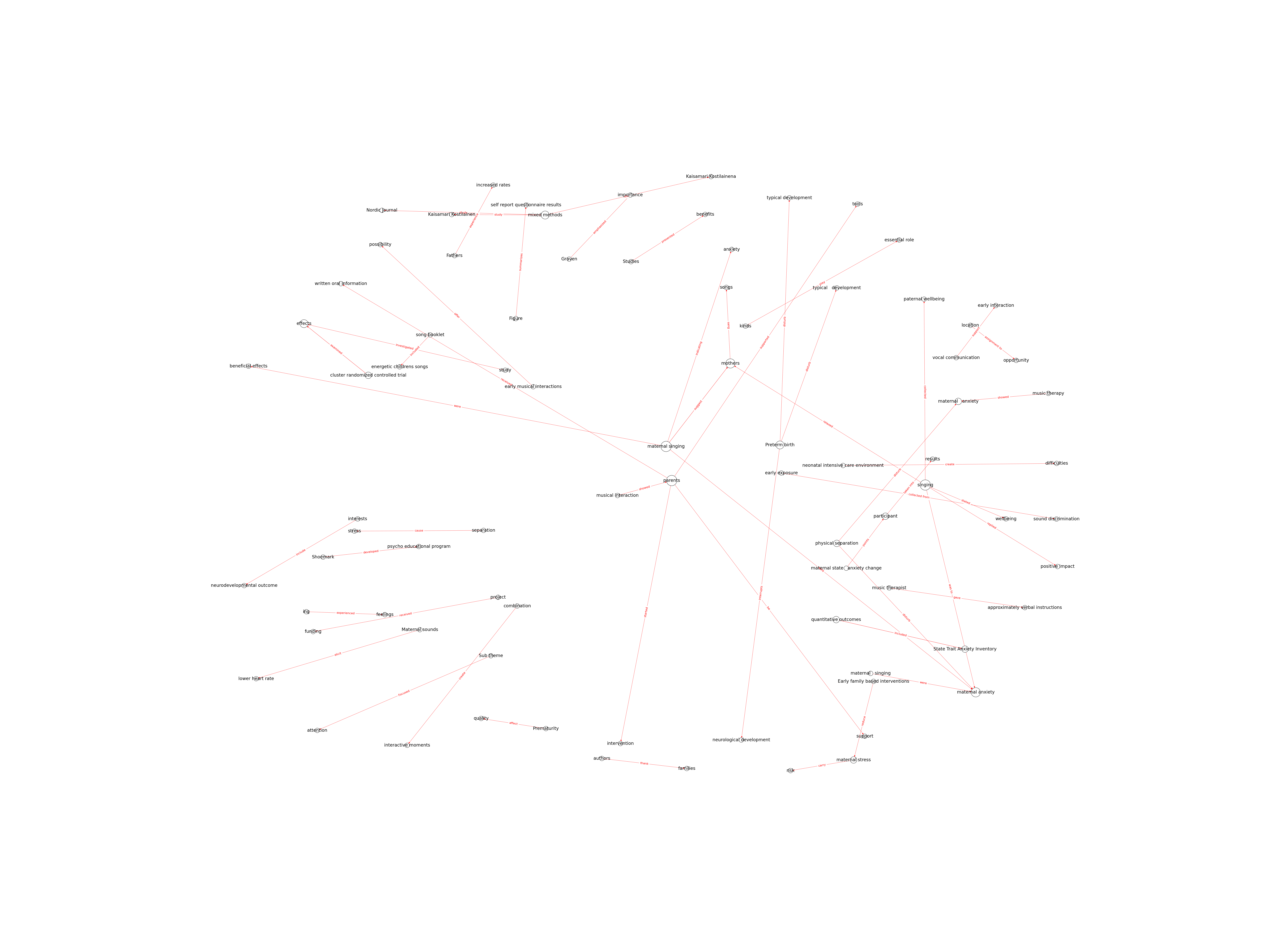| Id | 816 | |
| Author | Kostilainen K., Mikkola K., Erkkilä J., Huotilainen M. | |
| Title | Effects of maternal singing during kangaroo care on maternal anxiety, wellbeing, and mother-infant relationship after preterm birth: a mixed methods study | |
| Reference | Kostilainen K., Mikkola K., Erkkilä J., Huotilainen M.; Effects of maternal singing during kangaroo care on maternal anxiety, wellbeing, and mother-infant relationship after preterm birth: a mixed methods study ;Nordic Journal of Music Therapy vol: issue: page: |
|
| Keywords | Early interaction; emotional connection; maternal anxiety; maternal singing; preterm birth; preterm infant |
|
| Link to article | https://www.scopus.com/inward/record.uri?eid=2-s2.0-85096787461&doi=10.1080%2f08098131.2020.1837210&partnerID=40&md5=eec2ccf5734845cbb56376fecde2c5e1 |
|
| Abstract | Introduction: Preterm birth may disturb the typical development of the mother–infant relationship, when physical separation and emotional distress in the neonatal intensive care unit may increase maternal anxiety and create challenges for early interaction. This cluster-randomized controlled trial examined the effects of maternal singing during kangaroo care on mothers’ anxiety, wellbeing, and the early mother–infant relationship after preterm birth. Method: In the singing intervention group, a certified music therapist guided the mothers (n = 24) to sing or hum during daily kangaroo care during 33–40 gestational weeks (GW). In the control group, the mothers (n = 12) conducted daily kangaroo care without specific encouragement to sing. Using a convergent mixed methods design, the quantitative outcomes included the State-Trait Anxiety Inventory (STAI) at 35 GW and 40 GW to assess the change in maternal-state anxiety levels and parent diaries to examine intervention length. Post-intervention, the singing intervention mothers completed a self-report questionnaire consisting of quantitative and qualitative questions about their singing experiences. Results: The mothers in the singing intervention group showed a statistically significant decrease in STAI anxiety levels compared to the control group mothers. According to the self-report questionnaire results, maternal singing relaxed both mothers and infants and supported their relationship by promoting emotional closeness and creating early interaction moments. Discussion: Maternal singing can be used during neonatal hospitalization to support maternal wellbeing and early mother–infant relationship after preterm birth. However, mothers may need information, support, and privacy for singing. © 2020 The Author(s). Published by Informa UK Limited, trading as Taylor & Francis Group. |
|
| Metodology | Technique |

Note: Due to lack of computing power, results have been previously created and saved in database


